There can be your advertisement
300x150
Choosing Tiles: Glossy or Matte?
Nadezhda Kuzina, Interior Designer and Decorator
GlossyOn glossy tiles, especially dark and monochromatic ones, white water stains are most noticeable — it's better not to place such tiles in zones with direct contact with water. However, the gloss visually expands space and increases lighting, making it very suitable for small bathrooms.
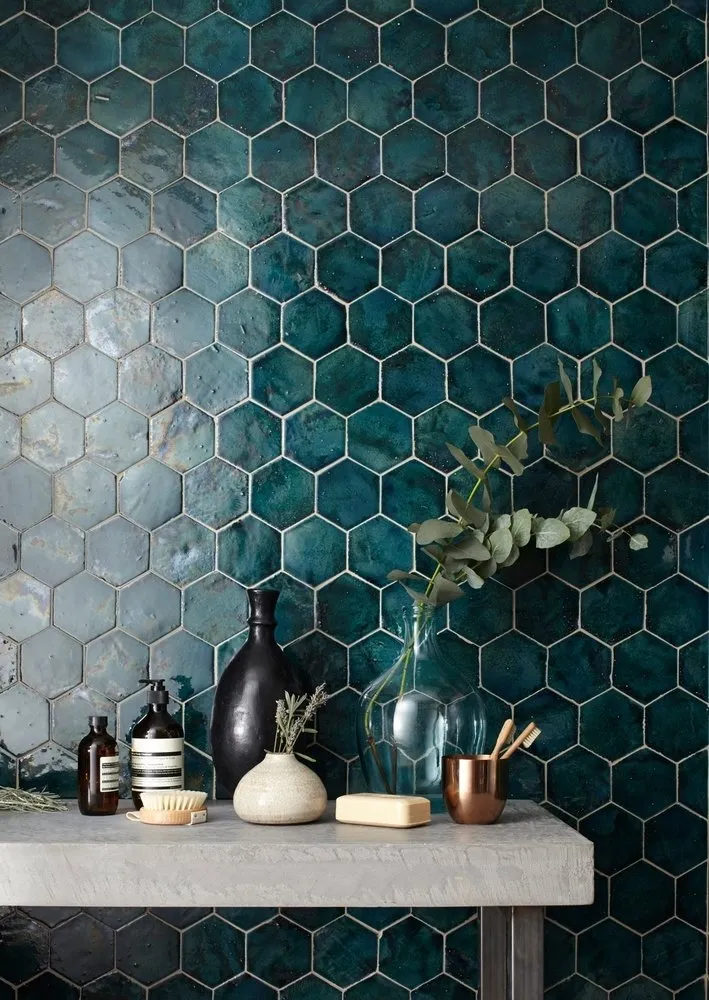 Foil or Mirror Finish
Foil or Mirror FinishMirror tiles can be considered a type of glossy tiles. They provide a very decorative effect, but it's still better to place such tiles away from the mixer or shower and never touch them with your hands after initial excitement.
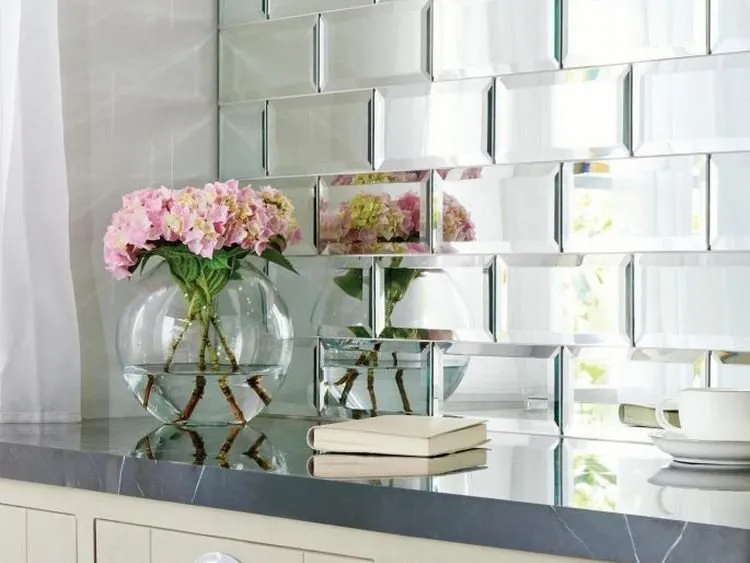
There is also tile with natural gold or silver foil — it belongs to the high-end price segment. The capricious surface is protected by a special lacquer — but still, such tiles shouldn't be placed in wet zones or rubbed with a hard sponge. However, touching them with hands is fine.
 Matte
MatteMatte tiles come in various types. Some imitate unprocessed stone, concrete, or wood texture: their surface looks rough and even relief-like. Others have a smooth velvet-like surface, which you just want to touch with your hand.
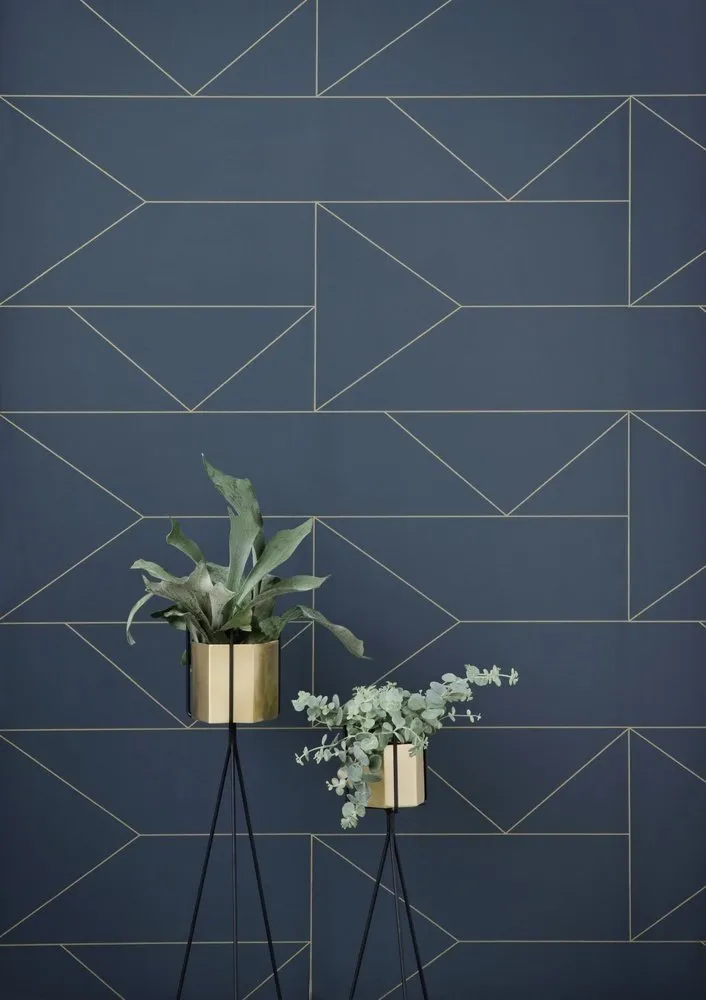 In the second case, the tactile material looks warmer and more friendly. Also, compared to glossy tiles, matte tiles are less prone to abrasive wear. They are great for floors — they're less slippery. The drawbacks: matte tiles often look duller than glossy ones and don't give the impression of perfect cleanliness after cleaning.
In the second case, the tactile material looks warmer and more friendly. Also, compared to glossy tiles, matte tiles are less prone to abrasive wear. They are great for floors — they're less slippery. The drawbacks: matte tiles often look duller than glossy ones and don't give the impression of perfect cleanliness after cleaning. Lappatized
LappatizedFor those who can't decide which texture is better, there's a semi-glossy option. This is the so-called lappatized surface that resembles half-polished stone — as if the stone had a fine and uniform relief, with upper parts polished and lower parts remaining matte.
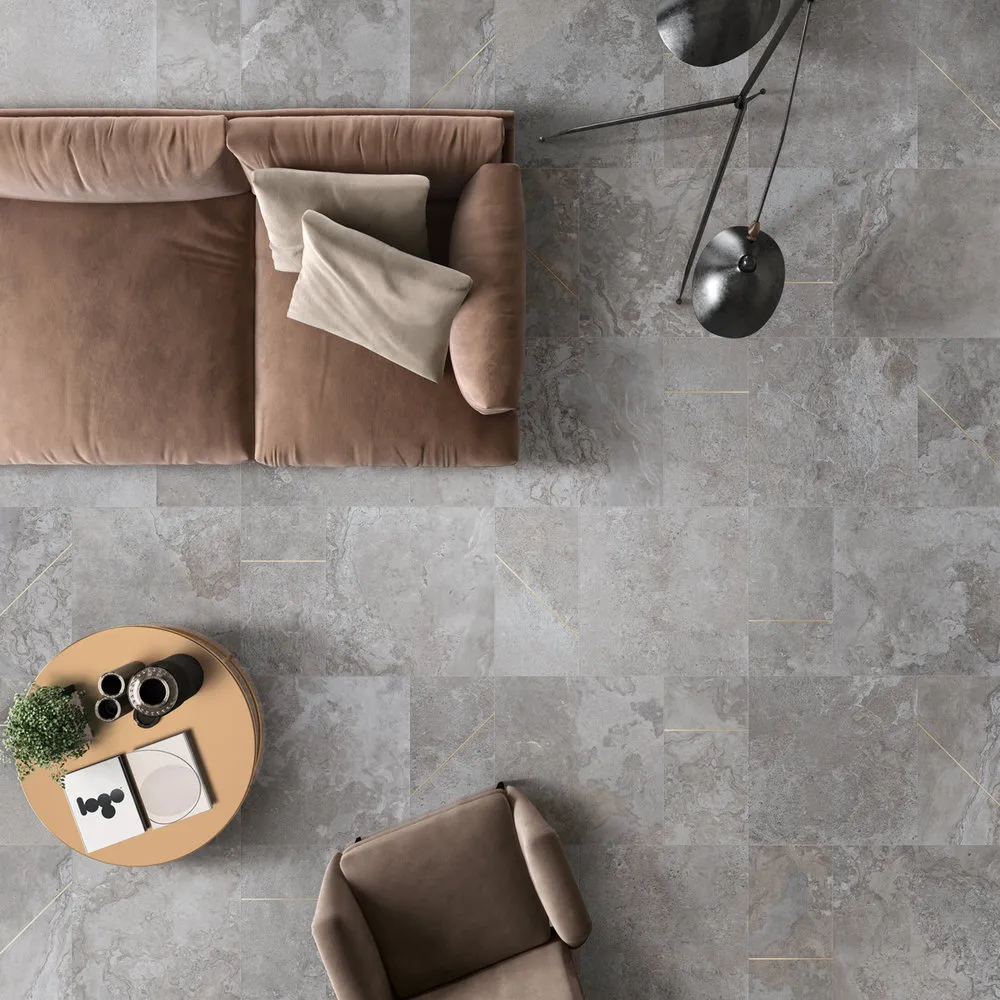
As a result, the texture becomes uneven and gives an interesting scattered shimmer. Water splashes on it are not visible — they blend with the matte part.
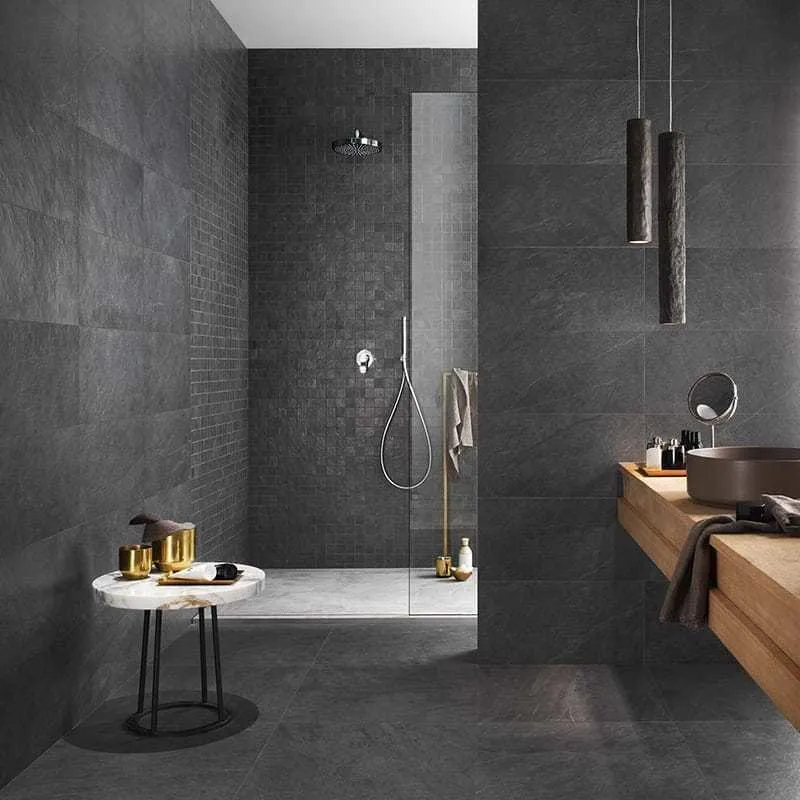 Combining Different Textures
Combining Different TexturesTo mix different textures in one room, follow a few simple rules:
- It's better to combine textures that are as different as possible — that is, matte and glossy — avoiding the use of semi-glossy tiles in such combinations. Otherwise, there is a chance that the eye will simply average out the surface and the difference won't be noticeable.
- On one plane, it's preferable to use tiles from the same collection or at least from the same manufacturer. There are many collections where a manufacturer offers both glossy and matte versions of the same design.
- Differences in texture are more noticeable on monochrome tiles or tiles with a weakly expressed pattern. The more vivid and contrasting the image on the tile, the more it will distract from the difference in texture.
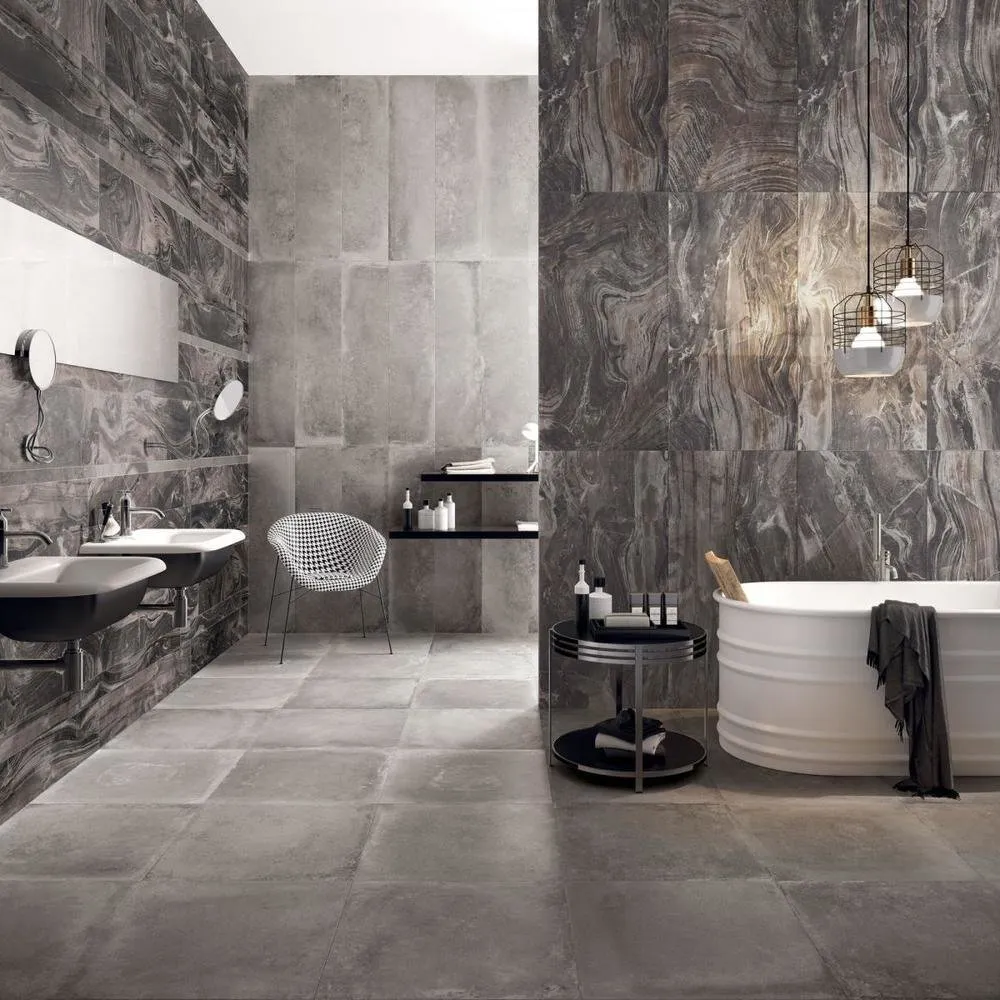
More articles:
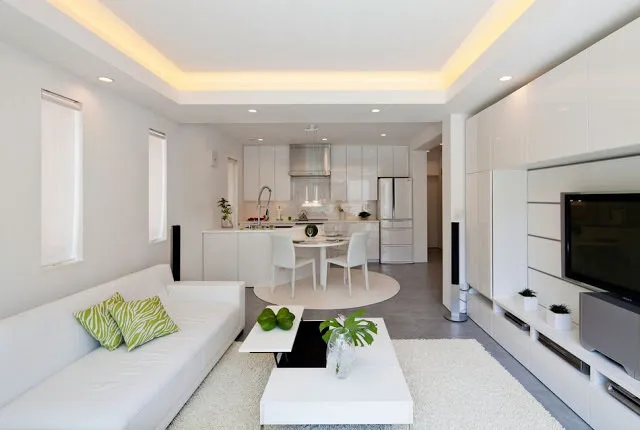 "Healthy" Interior: 10 Materials to Avoid for Your Health
"Healthy" Interior: 10 Materials to Avoid for Your Health What's in Style in 2018: 10 Major Design Trends
What's in Style in 2018: 10 Major Design Trends Don't Miss: First Spring SALE
Don't Miss: First Spring SALE 5 Things That Will Ruin Any Interior
5 Things That Will Ruin Any Interior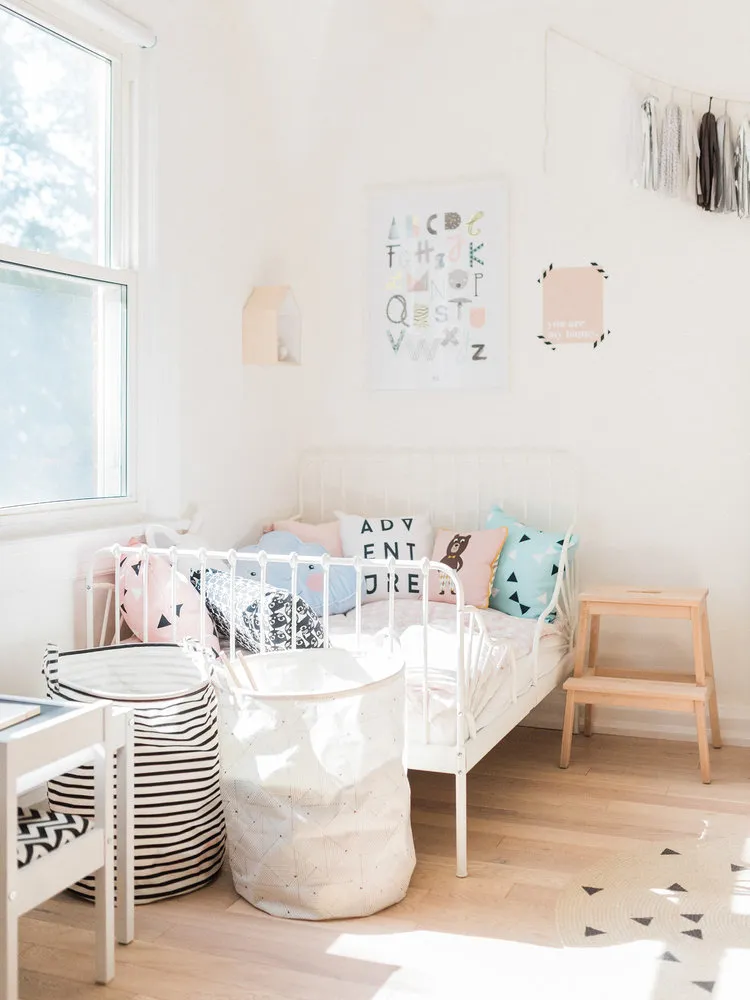 How to Make Interior Safer: 7 Ideas for Families with Children
How to Make Interior Safer: 7 Ideas for Families with Children 10 Myths About Cleaning That May Harm You
10 Myths About Cleaning That May Harm You How to Hide Wall Irregularities: 8 Design Hacks
How to Hide Wall Irregularities: 8 Design Hacks How to Extend the Life of Cut Flowers
How to Extend the Life of Cut Flowers